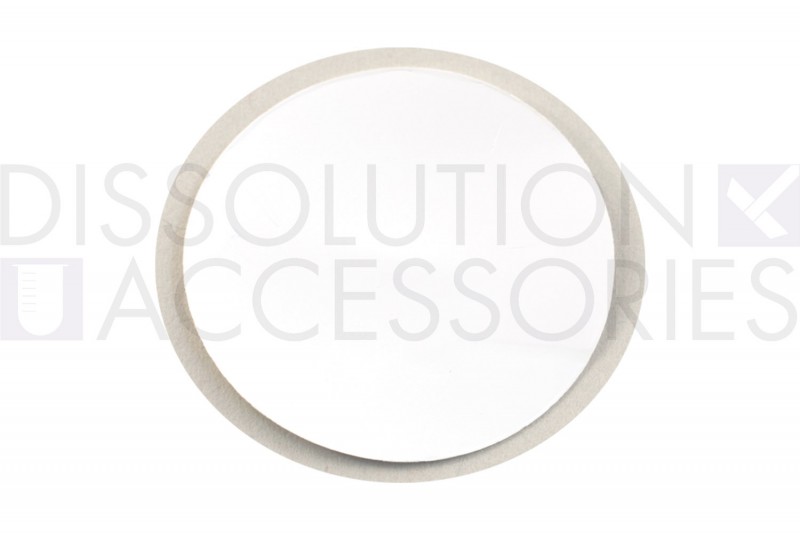Synthetic Membranes for in vitro Release Testing

25 September 2019
In vitro release is one of several standard methods which can be used to characterize performance characteristics of a finished topical dosage form, i.e., semisolids such as creams, gels, and 20 ointments. Important changes in the characteristics of a drug product formula or the thermodynamic properties of the drug(s) it contains should show up as a difference in drug release. Release is theoretically proportional to the square root of time (/t) when the formulation in question is in control of the release process because the release is from a receding boundary.In vitro release method for topical dosage forms is based on an open chamber diffusion cell system such as a Franz cell system, fitted usually with a synthetic membrane. The test product is placed on the upper side of the membrane in the open donor chamber of the diffusion cell and a sampling fluid is placed on the other side of the membrane in a receptor cell. Diffusion of drug from the topical product to and across the membrane is monitored by assay of sequentially collected samples of the receptor fluid.
Appropriate inert and commercially available synthetic membranes such as polysulfone, cellulose acetate/nitrate mixed ester, or Polytetrafluoroethylene 70 µm membrane of appropriate size to fit the diffusion cell diameter.
Guidance for Industry
U.S. Department of Health and Human Services
Food and Drug Administration
Center for Drug Evaluation and Research (CDER)
May 1997
SUPAC-SS
CMC 7
U.S. Department of Health and Human Services
Food and Drug Administration
Center for Drug Evaluation and Research (CDER)
May 1997
SUPAC-SS
CMC 7
PSMDC-PS25-045-0100
Membrane filter, 0.45µm, ø25mm, Hydrophilic polysulfone, pk/100
PSMDC-PS30-045-0100
Membrane filter, 0.45µm, ø30mm, Hydrophilic polysulfone, pk/100
PSMDC-PS37-045-0100
Membrane filter, 0.45µm, ø37mm, Hydrophilic polysulfone, pk/100
PSMDC-PS55-045-0100
Membrane filter, 0.45µm, ø55mm, Hydrophilic polysulfone, pk/100

